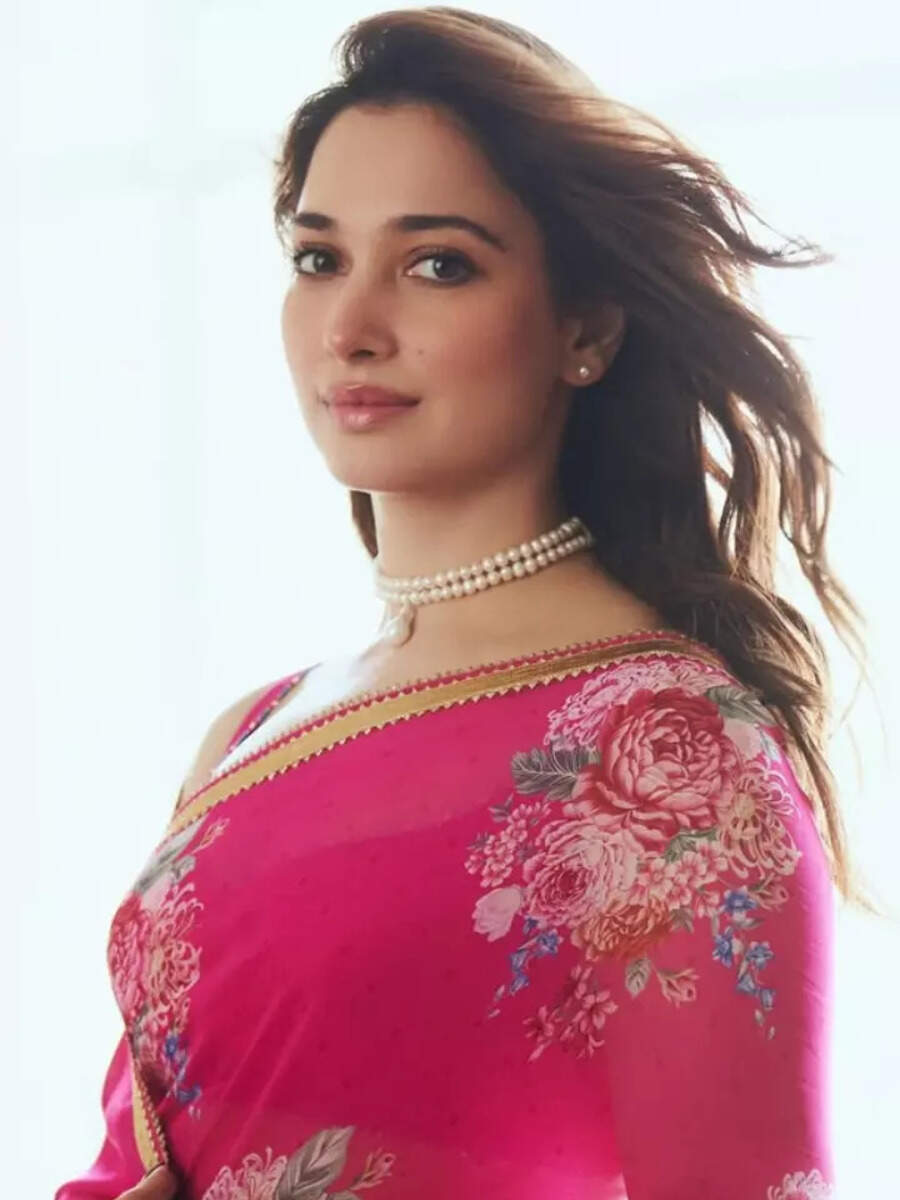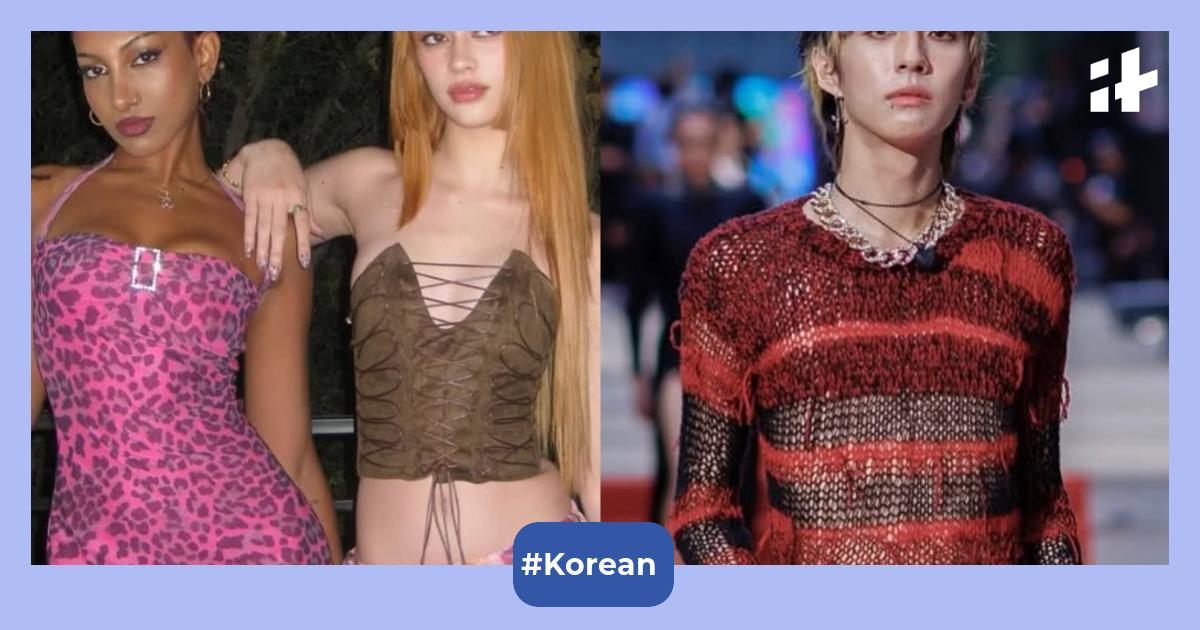
There’s a certain mystique to the way people with old money dress. It’s not loud, not trend-chasing, and definitely not logo-obsessed. Unlike new wealth, which often flaunts status through designer monograms and Insta-ready flash-old money style is all about
understated elegance
. It whispers instead of shouts. And if there’s one item that truly has no place in an old money wardrobe, it’s clothes with big, bold, obvious logos.

Yes, we are talking about those large brand names splashed across T-shirts, jackets, or belts. Think of the giant “G” on Gucci belts, the oversized LV patterns, or even streetwear favourites like Supreme or Off-White with labels so loud they practically announce your bank balance. These may be loved by the nouveau riche, but for those born into legacy, they’re considered gauche.
The psychology behind 'quiet wealth'
Old money fashion
follows one unspoken rule: don’t try too hard. It’s not about proving wealth; it’s about having enough confidence not to. That’s why people from generational wealth, be it European aristocrats, Indian business dynasties, or Hollywood royalty, avoid flashy logos. For them, true luxury is in the cut, the fabric, the fit, and the heritage.
You will notice the same vibe among India’s ultra-elite. Industrialist families like the Ambanis, Poonawallas, and Godrejs don’t need big branding to make a statement. Isha Ambani Piramal, for instance, may own every luxury label on the planet, but you’ll rarely catch her flaunting overt logos. Her style? Classic heirloom jewellery, timeless sarees, and flawlessly tailored silhouettes.
Similarly, Radhika Merchant, now part of the Ambani family, is fast becoming a style icon for the
quiet luxury
generation. Her wedding wardrobe was full of refined, royal designs by Abu Jani Sandeep Khosla and Manish Malhotra, no need for branded belts or name-plastered shirts.
Bollywood’s old money aesthetic
Even in the world of Bollywood, where fashion often borders on flamboyant, there’s a rising tribe of celebrities who are embracing this low-key, high-impact approach. Take Deepika Padukone for instance. Her off-duty style is often minimalist: neutral tones, solid colours, and structured pieces from designers like Sabyasachi or Louis Vuitton, but never with screaming logos. The same goes for Rahul Khanna, whose wardrobe feels like a masterclass in old-school, effortless tailoring.

Another example is Sara Ali Khan, born into the Pataudi and Tagore families, who balances youthful fashion with a deep-rooted sense of legacy. Even when wearing Western wear, she leans towards clean cuts and heritage labels over trends.
The 'no logo' rule
So what exactly is the item that people with old money never wear?
Anything with large, conspicuous branding.
This includes:
T-shirts with massive brand names across the chest
Handbags with oversized monograms
Jackets or hoodies with graffiti-style branding

Belts with loud logo buckles
Shoes or caps that scream the label instead of style
These are all seen as markers of insecurity, trying to show status rather than quietly embody it.
Instead, the truly wealthy favour:
Crisp white shirts with mother-of-pearl buttons
Cashmere sweaters in camel, navy, or grey
Well-cut trousers with no visible tags
Loafers or brogues with subtle stitching, not logos
Minimalist bags from heritage houses (e.g. a classic Hermès Kelly without the logo showing)
Why it matters in 2025?
As the fashion world continues to shift towards sustainability, heritage, and quality over quantity, old money style is having a major moment. The idea of owning fewer, better pieces has become aspirational. And the less branded, the better.
For Indian audiences too, the change is palpable. Labels like Raw Mango, Good Earth, and Torani, which focus on craftsmanship and timelessness, are becoming the go-to for luxury seekers. It's less about who made it, and more about how well it’s made.
Celebrity trainer Yasmin Karachiwala's go-to-pick for a healthier lifestyle
Even stars like Alia Bhatt and Sonam Kapoor Ahuja, known for their fashion-forward choices are gradually moving away from the overdone designer look to something more grounded and bespoke. You’ll notice them choosing handwoven sarees, vintage-inspired jewellery, and minimalist silhouettes that radiate quiet confidence.
Old money fashion isn’t about what you wear, it’s about how you wear it. The next time you’re tempted by a flashy logo tee or that big-buckled belt, ask yourself: Is this elevating my style or just announcing my spending power?
Take a leaf out of the playbooks of India’s legacy-rich families and Bollywood’s quieter stars. Strip back the noise. Invest in the classics. Let the quality speak for itself.
Because real wealth never needs to shout, it always speaks in whispers.

 1 month ago
112
1 month ago
112




























 English (US)
English (US)